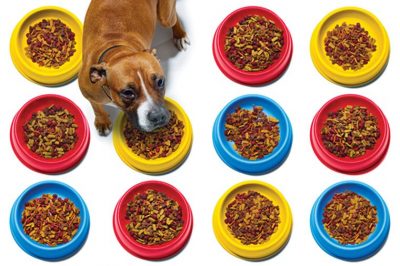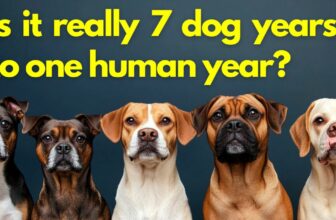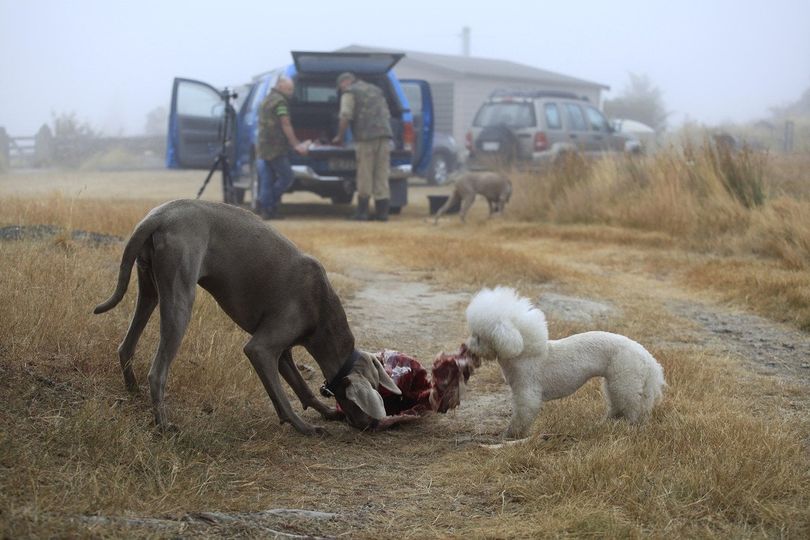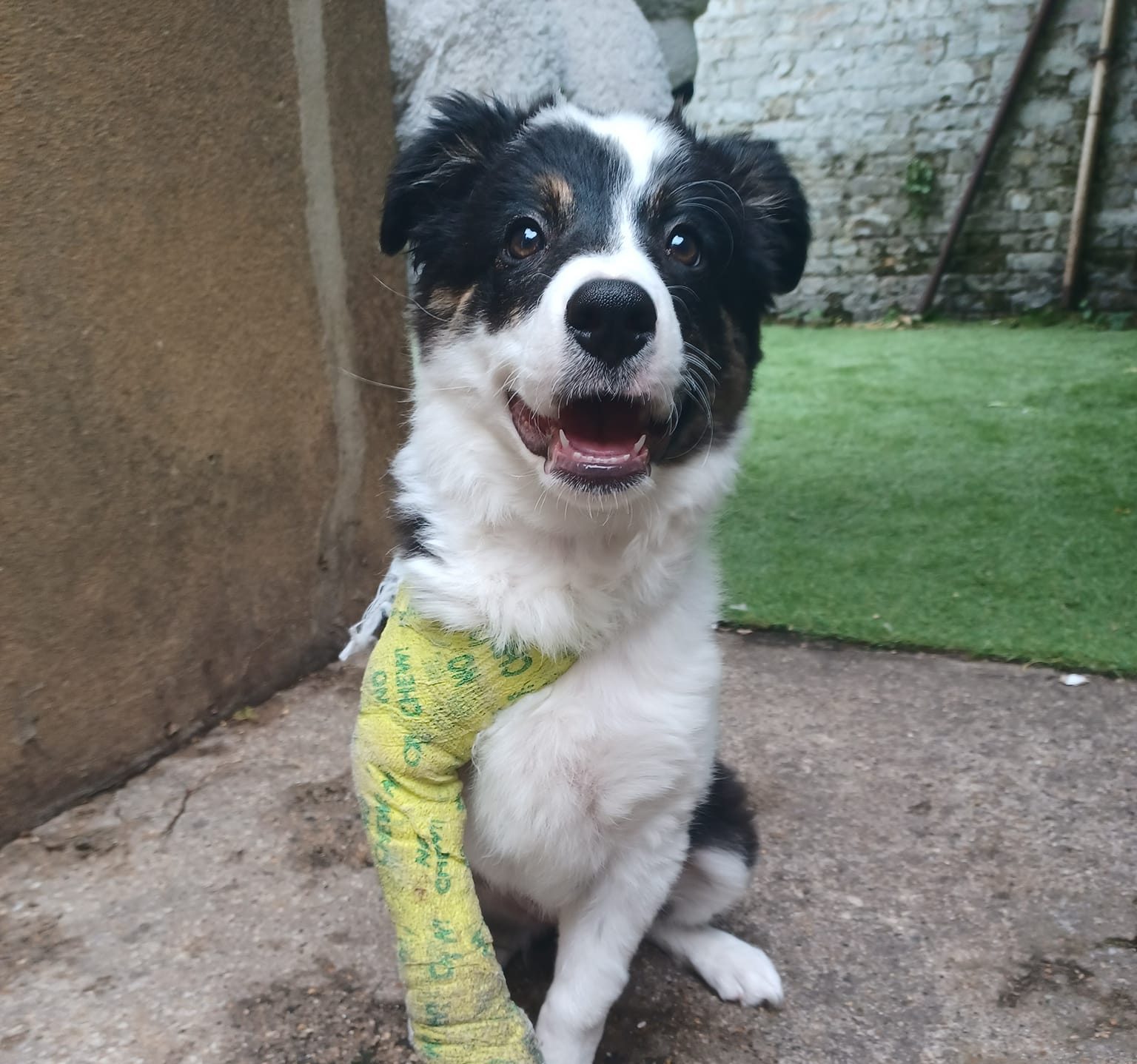Dog food brands to avoid

How can you tell if a dog food brand should be avoided?
In this article I’ll give you simple tips to avoid bad dog foods which won’t help your dog be healthy.
While reading this, you may wonder why these dog foods are sold, but the reason is there’s a target market – i.e. the people who haven’t read this article yet!
We’re all very easily fooled by marketing and advertising, and it’s easy to assume a dog food must be (1) safe, and even (2) healthy, even though this may not always be the case.
In Australia we have some really bad dog foods. They may seem cheap in the short term, but the long term result can be a sick dog and expensive vet bills. Believe me, I’ve spoken to many who’s dogs have suffered from numerous brands of dog food (and treat products) legally sold in Australia.
If you’re on a tight budget, which most of us are (and isn’t something to feel guilty about), check out these tips on feeding a dog on a budget.
Let’s get started – here’s what you should avoid in a dog food, at the absolute minimum:
Avoid pet foods with cereals, cereal by-products, wheat, and wheat by-products
In Australia we have many dog foods which are dubbed “agri products” (agriculture products), traditionally targeted at dog owners in rural areas.
These dog foods can be marketed as “Australian”, “Supporting Australian Businesses”, appealing to you as a true blue Aussie, with a very attractive price compared to dog foods you buy in swanky pet stores in the city.
The trouble is these dog foods are formulated to make a profit, not so much for the sake of your dog’s health. But dog food is dog food, right? No, not at all – it’s a product, designed for profit. Or in other words, support the people behind those Australian businesses who want to take your money off you without caring too much about the health of your dog. How Australian is that?
Most of these products are made mostly of cereals, cereal by-products, wheat, and wheat by-products.
Sometimes they list meat first in the ingredients, then list a whole list of cereals. That tells you there really isn’t much meat in the dog food, it’s mostly garbage which your dog isn’t designed to digest.
It’s not just agri products. Some popular brands by Mars and Nestle are also made in this way, they’re just marketed more efficiently to convince you to buy them. Did you think Nestle Purina Supercoat was any good?
Why are cereals (and wheat) used in many dog foods?
We’ve established wheat and cereal grains aren’t great for our meat-loving dogs, so why are they used in so many dog foods?
You’ll even find these ingredients in cat foods, for obligate carnivore cats, so don’t go accepting any excuse from a pet food manufacturer that these ingredients are beneficial.
Grains in pet food solve what once was a costly problem.
Once upon a time, the best parts of a grain were used to make stuff like bread, for us. The rest of the grain had to be disposed, at cost.
Pet food offered a way to turn that cost into a profit – make pet food out of it.
Did you know Australia has a number of dog foods made by companies which aren’t traditionally pet food companies, but milling companies?
I find dog foods made of wheat and cereal by-products the most problematic. If I had a dollar every time someone came to me with an itchy dog with rashes and hotspots which completely recovered in a couple of short weeks simply by changing food…

It’s not only these grains are high-carbohydrate and harder for your dog to digest, they pose another problem too – wheat mites.
Avoid!
Oh, and many vegetable based dog foods use the same method of turning wastage into pet food. Sweet potato may sound great, but how do you know it’s not sweet potato skins. Carrot or carrot tops?
Avoid pet foods with food colourings
Your dog doesn’t care about the colour of their food, and neither should you.
I have a 3 year old, and she’s attracted to colourful foods – lollies – because she knows they’re tasty. We learn from a young age to be attracted to colourful food, and coloured pet food is no different. We want our dogs to be healthy, so why not feed them an attractive dog food?
Another reason for adding food colourings to pet food is to make them look like meat, when they don’t have much meat at all.
Ask yourself this – would you assume a can of dog food was as good if it look like mashed corn and cereal grains? No, of course not. But if it looked like meat, and we assumed it was meaty…
In my experience only the nastier foods use food colourings.
Avoid them – you already know food colourings in our foods can be unhealthy.
Avoid pet foods with low protein and fat
I mentioned earlier about pet foods being designed for profit, usually over the health of your pet.
A pet food can be made from meat (expensive), or starch/carbohydrates (cheap). It’s therefore obvious which makes the most profit from you as a consumer.
Using cheap ingredients allows some pet foods to be very cheap – which appeals to many pet owners – and still turn profits in the millions.
The problem is this – your dog, or carnivorous cat, depend on nutrition from animal protein and animal fats, and not starches, carbohydrates, sugars.
The lower the protein and fat, the higher the carbohydrates.
Sometimes it’s hard to tell from the ingredients that a dog food is high in carbohydrates. It’s not required to list a carbohydrate percentage on the label. A dog shouldn’t have too many carbs in their diet, and if they don’t burn them off they’ll turn to sugars and body fat, and we all know that doesn’t lead to optimum health.
Even when meat is the first ingredient it could be backed up by a whole load of grain ingredients which significantly outweigh the meat in the food. For example, ingredients could be listed as “Chicken By-Products, Wheat, Wheat By-Products, Corn, Corn Gluten Meal”, when all ingredients are in the same proportion. Very deceiving.
Average pet foods have a protein percentage of around 22%, and fat of around 12%. That’s not ideal, but anything less than that is best to avoid.
Decent dog foods can be found with upwards of 30% protein (from meat), and around 20% fat. This ensures far less carbs than other brands.
Avoid cheap pet foods
Yes, I know, we can’t afford swanky premium pet foods. I understand, but unfortunately we’ve been led to believe supermarket brands of pet foods – those made from cereals coloured with food dye – are the expectation when it comes to price, making us view more appropriate pet foods as expensive.
The truth is feeding our dogs and cats costs more than we could’ve believed when we took home our puppies.
Even if budget pet foods are all you can afford, try and feed your pet some fresh foods as well – meats, organs, raw meaty bones, eggs, etc.
Read more about feeding a dog or cat on a budget here.
A list of dog food brands to avoid
Above are really quick hacks to tell if a dog food is poor quality, but there are many others. If you have any thoughts on how to determine which dog food brands to avoid then leave a comment below!
Ok, if you really want that list, then these are our Worst-Rated Dog Foods in Australia.







Why haven’t you named the brands?
There would be more than you would think, so instead it’s best to understand how to spot bad dog foods – helps us consider what’s better for their health!